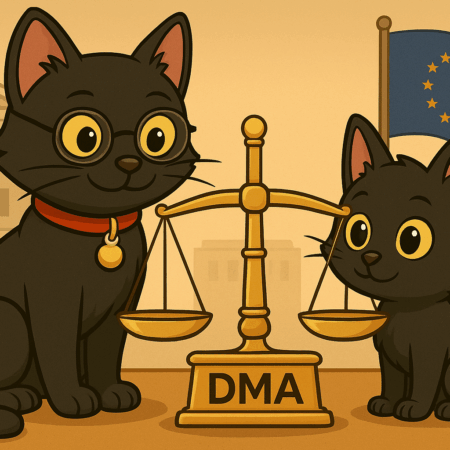Print books are quietly staging a comeback. After years of accelerating digital content and screen overload, many readers are reporting fatigue from constant devices and a craving for physical escapism. Publishers and brands are noticing, too: advertising campaigns are beginning to emphasise the tactile feel of paper, the joy of turning pages, and the rituals of reading in quiet corners.
One striking example: Denmark is set to abolish its 25 per cent VAT on books, reducing the cost of printed editions to zero under new EU rules. The aim is to counter what officials call a “reading crisis” as adolescents’ literacy rates slip.
On the environmental front, some people worry that physical books are inherently unsustainable — after all, they use paper made from trees, require transport, printing, bindings, etc. But recent life cycle analyses tell a more nuanced story:
- A study comparing 120 printed books over five years with reading the same via an e-reader showed that if one reads more than 25 books in that time, the e-reader scenario tends to produce fewer greenhouse gas emissions. If fewer books are read, print books may have lower impact.
- Another source, calculating per-book emissions, notes that ten 200-page books made with fresh-fibre paper produce about 11 kg CO₂, or around 9 kg CO₂ if recycled paper is used instead.
So the take-away is: printed books are not automatically worse for the planet; context matters. The number of books you read; whether paper is recycled; whether books are shared, reused or sourced locally; and how often you replace your e-reader — all these make a difference.











